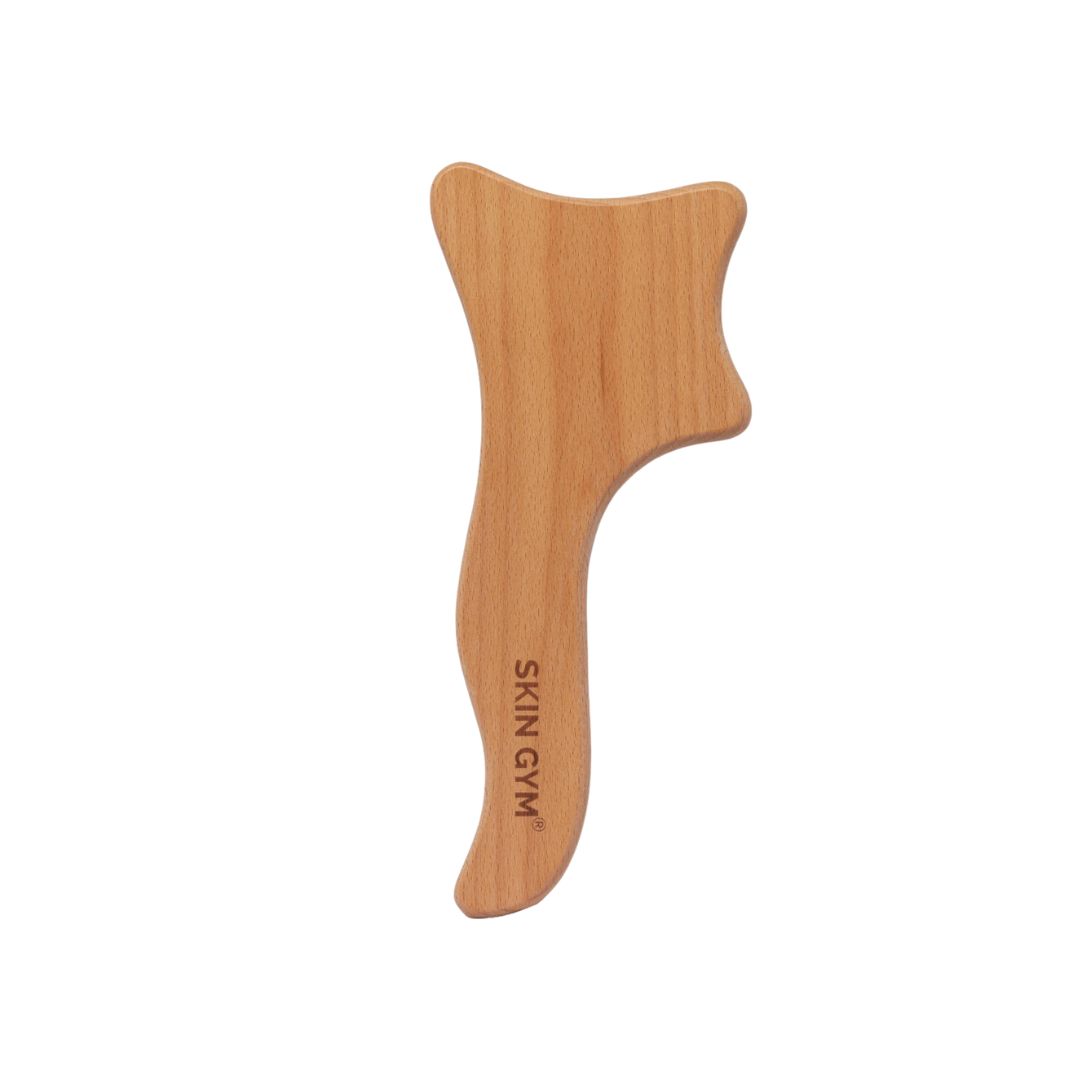I’m a sceptical health writer, but my first lymphatic drainage massage blew my mind
It's an experience...
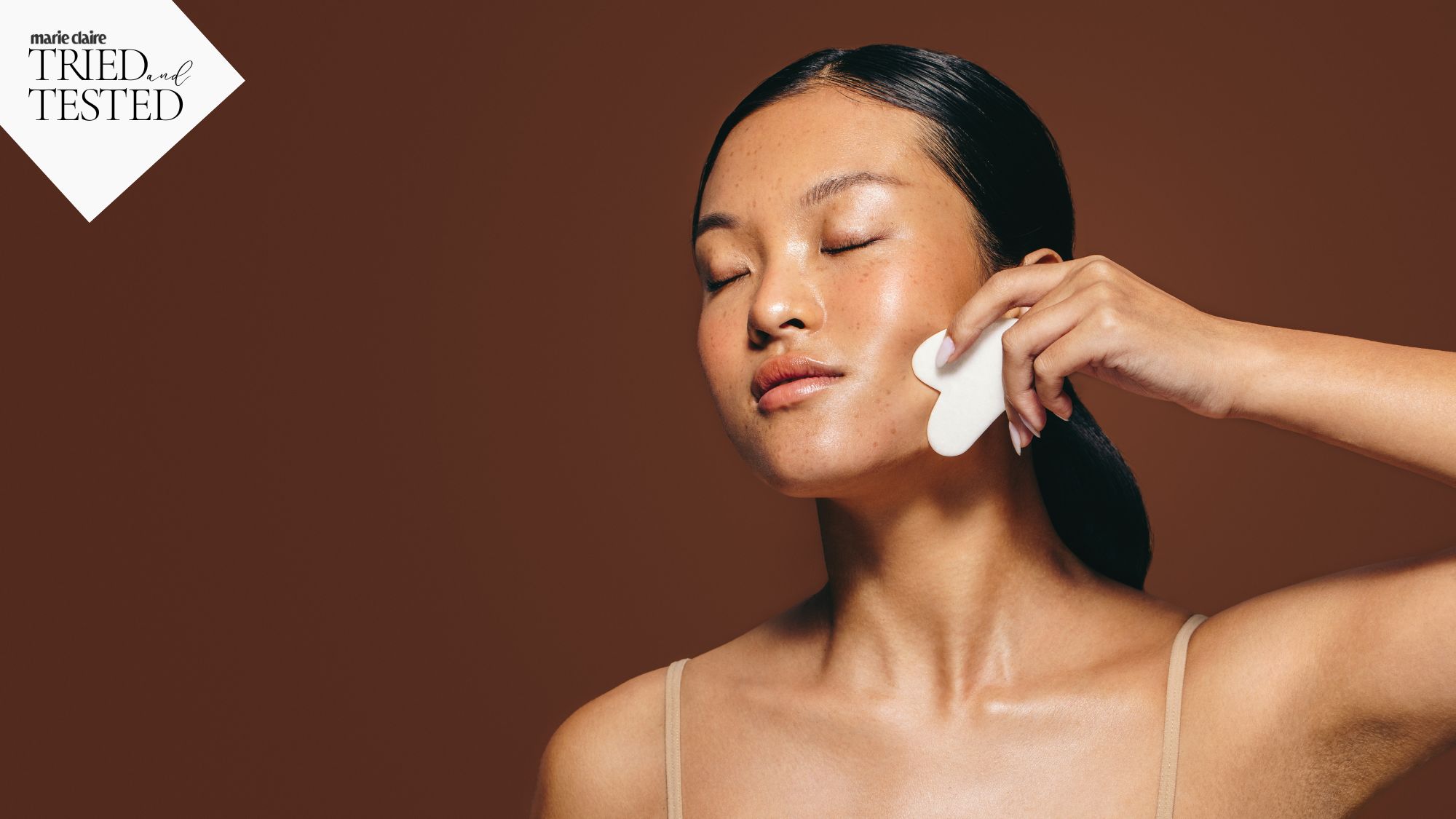

Lymphatic drainage massages seem to be everywhere at current. You need only take a quick scroll through your Instagram or TikTok feed to see someone having their first massage or raving about the benefits they've seen since trying them more regularly and joining a long list of celebrity fans of the treatment - Jennifer Aniston, Kendall Jenner, Kim Kardashian, Selena Gomez and Hailey Bieber, to name but a few.
According to Google Trends, people are curious to know what exactly the treatment entails, with global search interest in "lymphatic drainage" at an all-time high. The subject has even been cropping up in conversations with my friends.
Now, as a Health Writer, I'm pretty sceptical about trends and fads. While I'm always curious to hear about the next big thing, I always approach them with a pinch of salt. That said, when Marie Claire UK's Health Editor suggested trying out a lymphatic drainage massage and reporting back, I thought it was time to delve into it and see what the fuss was about.
Ready to read my honest review? Keep scrolling. Keen to opt for treatments that you can do from home? Our round up of the best massage guns might come in handy.
What is happens when you have a lymphatic drainage massage? I tried it
What is a lymphatic drainage massage?
My first port of call was the trusty NHS website to learn a little about the lymphatic system. In short, the lymphatic system spans your entire body via a network of channels and glands and is a crucial part of the immune system that helps to remove excess fluid and fight infection. So yep, it's a pretty important part of your body, although you might not know much about it.
According to several NHS hospital websites, manual lymph drainage (MLD for short), is a special type of massage designed to stimulate the lymphatic system and is something that can be used as a treatment for a chronic inflammatory condition called lymphedema. It can also help with post-injury swelling.
Although lymphatic drainage has a medical use, it's also trending in the wellness sphere as a treatment promising to make you feel less bloated, puffy, and tense, not to mention help with fluid retention. Some experts even claim it can help with the breakdown of cellulite and fat cells, although more research needs to be done to conclusively prove the latter claim.
Marie Claire Newsletter
Celebrity news, beauty, fashion advice, and fascinating features, delivered straight to your inbox!
A quick search of the massage online or on social media will bring up countless before and after images, plus claims of it making you feel thinner and lighter. So, what does an expert reckon? A-list celebrity therapist and "queen of lymphatic drainage in London", Flavia Morellato was my next port of call (she currently has a three-month wait list for her next appointment). "The lymphatic system is responsible for collecting and draining metabolic waste, oedema, toxins and water excess to protect your body from harm," she tells me. In her opinion the massages are a gentle and relaxing way of encouraging the movement of lymph fluid around your body - although she doesn't directly comment on the weight loss claims.
It's important to note that here at Marie Claire UK, we're not about fad diets or weight loss quick fixes - instead, we encourage small, simple and manageable lifestyle changes. Personally, I don't believe that one singular massage will change your body, but I was interested in trying it out to see how it made me feel.
A post shared by Flavia Morellato - MLD & Post-OP Expert 🇧🇷🇬🇧🇦🇪 (@flaviamorellato)
A photo posted by on
What are the benefits of a lymphatic drainage massage?
Some methods, like Morellato's, promise to help with bloating and constipation issues. The lymphatic system is also a part of your circulatory system, says Morellato, so the massage can also be particularly beneficial for fitness enthusiasts. "Lymphatic drainage can help in the removal of lactic acid and other waste products from muscle tissues, especially after a hard training session or block," she explains. By doing so, it can reduce soreness and improve overall muscle recovery, I'm told.
This bit appeals to be the most, as a journalist who works in the health and fitness industry and regularly spends her weeks running, cycling, and weight lifting. My muscles often feel tight and heavy following my sessions, so anything that would help boost my recovery gets a yes from me.
Other benefits, she shares, span:
- Detoxification
- Reduction of swelling
- Reduction of water retention
- Reduction of toxin build-up in the body
- Helps control lymphoedema
- Relieves heavy legs
- Improves your immunity, digestion, circulation, and metabolism
- Boosts your gut health
- Promotes relaxation.
A post shared by Flavia Morellato - MLD & Post-OP Expert 🇧🇷🇬🇧🇦🇪 (@flaviamorellato)
A photo posted by on
Although Morellato maintains that a lymphatic drainage massage is suitable for most people aiming to improve their overall wellbeing, it can be especially beneficial for those who have undergone surgical treatments (aesthetic or otherwise), during and after pregnancy and those with poor gut health, lymphoedema, and lipoedema, she shares.
That said, it's also important to note that the treatment is not suitable for individuals suffering from tuberculosis, bacterial, fungal or viral infections, those with open wounds, thrombosis, active cancer, or heart, kidney or liver failure.
I tried lymphatic drainage massage for the first time - and have some thoughts
My experience begins by sitting down with Priscilla, my therapist at the Flavia Morellato clinic at Harvey Nichols, to discuss how I'm feeling, mentally and physically. I list all the usual - and most common - answers she hears daily: I'm feeling tired, sluggish, heavy and stressed. She asks about my gut and bowel movements, any aches and pains and we discuss any medical conditions and my general lifestyle. I'm pleased to hear that she's a trained physiotherapist - all of the therapists at Morellato's clinic are.
Morellato stresses the importance of doing your homework when it comes to booking a manual lymphatic drainage treatment. "It's essential to ensure that the therapist is trained and certified in the specific technique they're offering," she stresses. "In the case of lymphatic drainage massage, it's particularly important because it involves the manipulation of a sensitive system in the body, and having a highly qualified specialist will ensure you get the most out of your treatment in the safest way possible."
Now, I don't know about you but one of the things I always look for in a review of a treatment is what to wear (or not wear specifically). It can be so awkward when you don't know what to expect. So, for clarity: I stripped down to my pants and, laying down on a heated bed, placed a towel over my top half. During the treatment, Priscilla moved the towels as needed.
I feel in a safe pair of hands as Priscilla gets to work on my stomach, which has felt very bloated recently. Her movements are swift and light but have a firmness to them. There should be no pain during a lymphatic drainage massage, she stresses, checking in with me frequently to see how I'm feeling. She runs her hands in a circular motion, pressing lightly where my gut is to encourage the fluid towards, for want of a better word: the exit. Essentially, the way out for the fluid, she explains, is via your urine.

Amy trying a massage at Harvey Nichols
I purposefully emptied my bladder prior to the treatment, but shortly into the massage, I felt an urge to go to the toilet. "This means it's working", says Priscilla. Now, I'm sceptical, and perhaps this is a coincidence, but let me tell you: I peed three times within the hour after that massage.
Priscilla focuses on my torso, arms, legs, neck and shoulders. Her deft movements feel similar to the strokes when you use a body brush (which FYI, she recommends using before or in the shower). The massage on my gut and into my diaphragm feels strange - not uncomfortable, but it's just a slightly unusual sensation. I'm told to breathe in and exhale as she pushes down lightly.
When it comes to my leg, Priscilla massages my right leg and after asks me to lift it up slightly so I can feel the difference between that leg and my untouched left leg. It does feel lighter, I say, but I'm unsure whether this is just because the massage has helped relax the muscles and loosen any knots. Either way, it feels good.
Leaving the treatment room feeling significantly less stressed and springier, I realised I would genuinely come back for another treatment, despite my initial reservations. Later that day, I also noticed some lingering cold symptoms I've had seem to have gone. Again, this could be a coincidence, but I'm not complaining.
Will I be back? I think so - I enjoyed the treatment and felt better afterwards. That said, to reap the full benefits of a lymphatic drainage massage you'd have to go regularly, which would add up. If you're keen to prioritise your wellness and have the means to afford regular treatments, I'd recommend it. Otherwise - tools like a gua sha and body brush offer some of the same benefits from the comfort of your own space. Keen to save your money? At home mobility exercises and massages might not offer the same wealth of benefits but will certainly ease muscle tension and tightness in their own way.
Shop MC UK's go-to tools now:
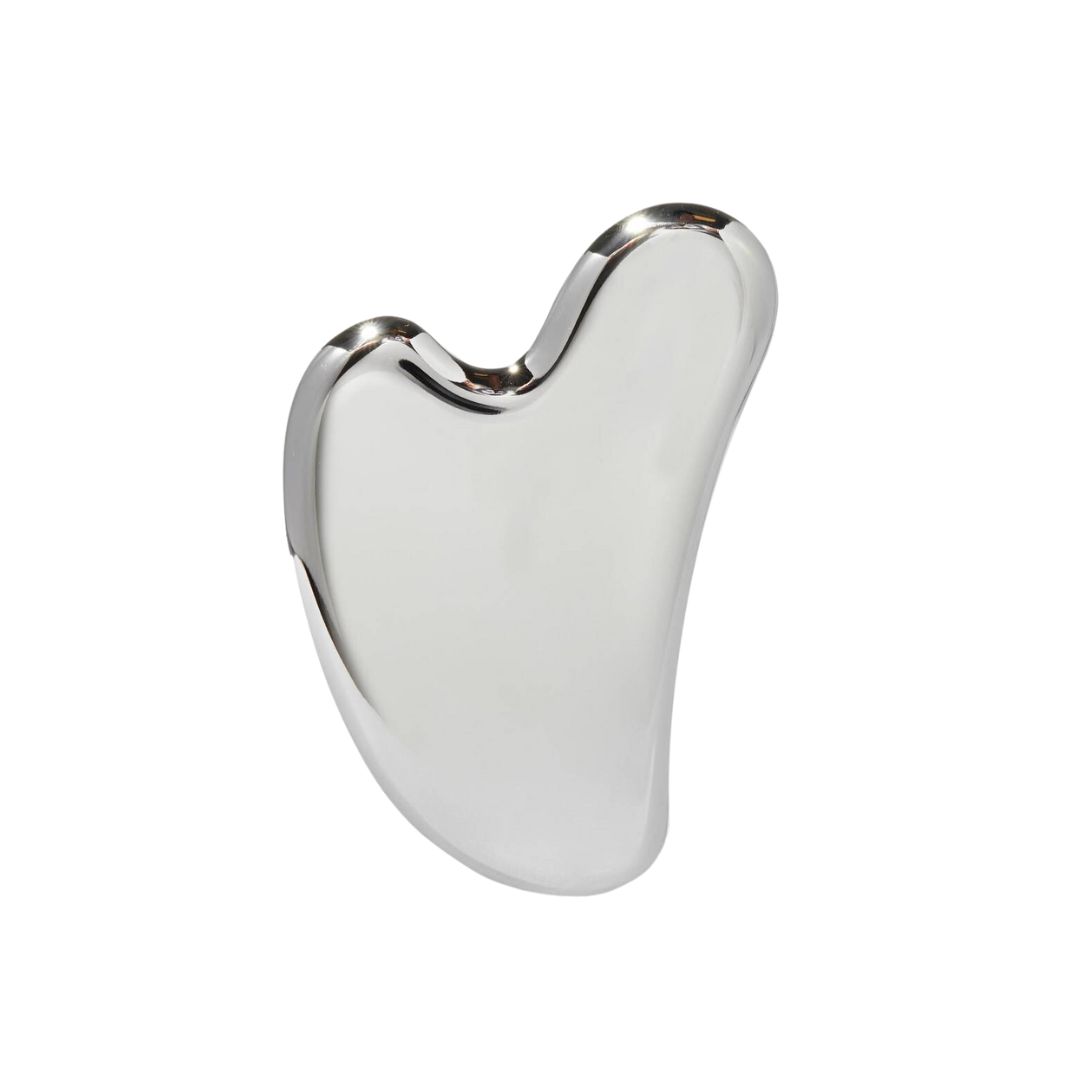
Gua sha is an ancient massage therapy beloved by the likes of Gwyneth Paltrow. A massage stone, such as this Gua Sha Facial Massage Stone by sustainable beauty brand UpCircle is worth adding to your beauty cabinet. Use whilst massaging in your facial oils for a dreamy self-care moment.
Amy Sedghi is a freelance journalist, specialising in health and fitness, travel, beauty, sustainability and cycling.
Having started her career in The Guardian newsroom working with an award-winning team, Amy's proud to have reported on a variety of topics, speaking to a range of voices and travelling far and wide to do so. From interviews on ski lifts to writing up breaking stories outside courtrooms, Amy is used to reporting from a range of locations (she’s even been known to type up a story in a tent).
She also loves being active, spending time outdoors and travelling - with some of her favourite features she’s worked on combining all three. Cycling and eating her way round the Isle of Man, learning to sail on the Côte d'Azur and traversing the Caminito del Rey path in Spain are just some of her highlights.
Covering a diverse range of subjects appeals to Amy. One minute she may be writing about her online styling session with Katie Holmes’ stylist and the next she’s transporting readers to the basketball courts of Haringey where she joined a group trying to lower knife crime in the capital.
While at university, Amy was awarded The Media Society bursary. Following her stint at the Guardian, Amy worked at Google and as well as writing for Marie Claire, she regularly contributes interviews, features and articles to National Geographic Traveller, The Guardian, The Independent, The Telegraph, Stylist, Refinery29, Glorious Sport, Cycling Weekly and Rouleur.
When she’s not writing, Amy can be found trying to get through her towering stack of books-to-read, cycling down at Herne Hill Velodrome or looking for the next place to eat and drink with friends.
-
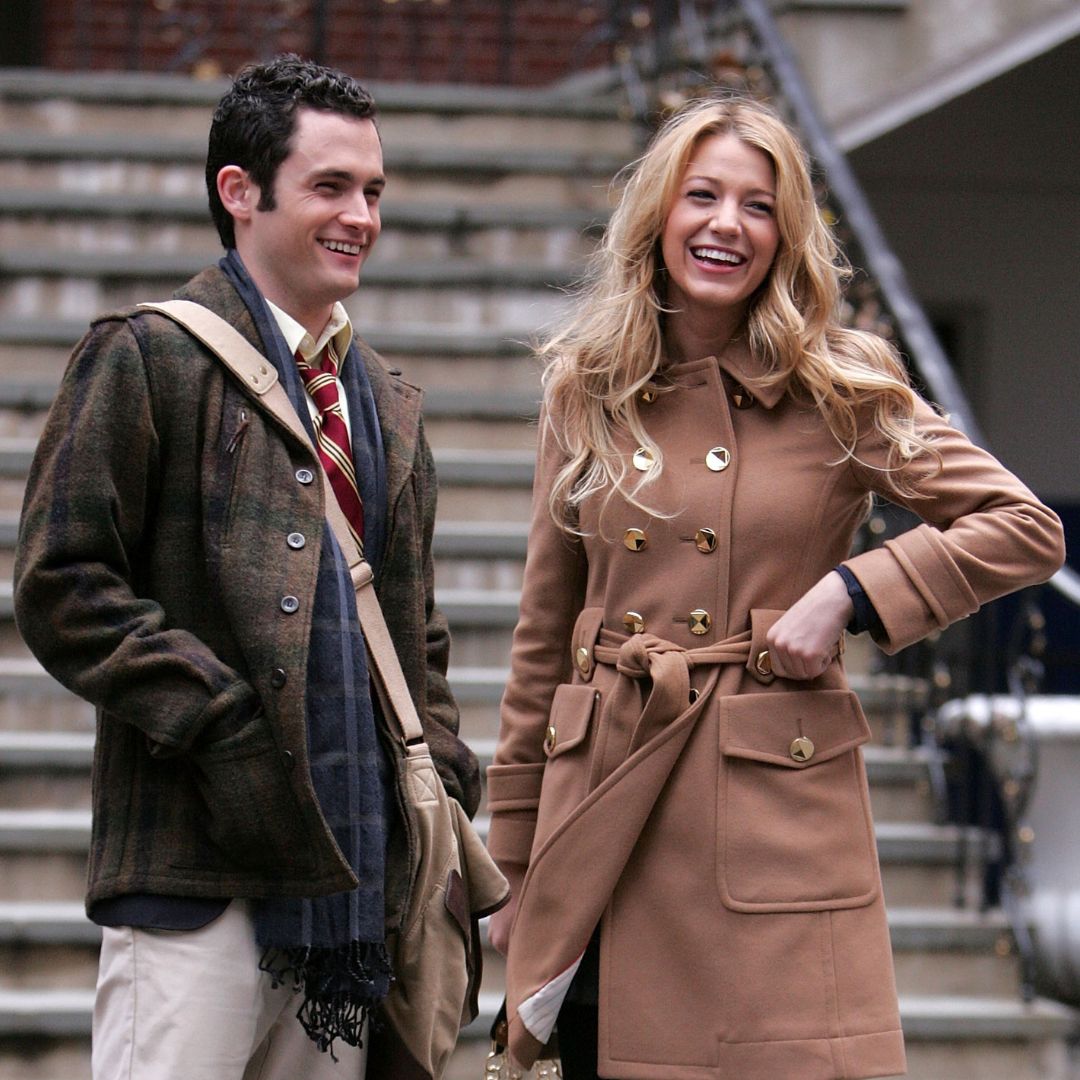 Penn Badgley and Blake Lively kept their breakup a secret from the Gossip Girl cast and crew - here's what we know about their former relationship
Penn Badgley and Blake Lively kept their breakup a secret from the Gossip Girl cast and crew - here's what we know about their former relationshipBy Jenny Proudfoot
-
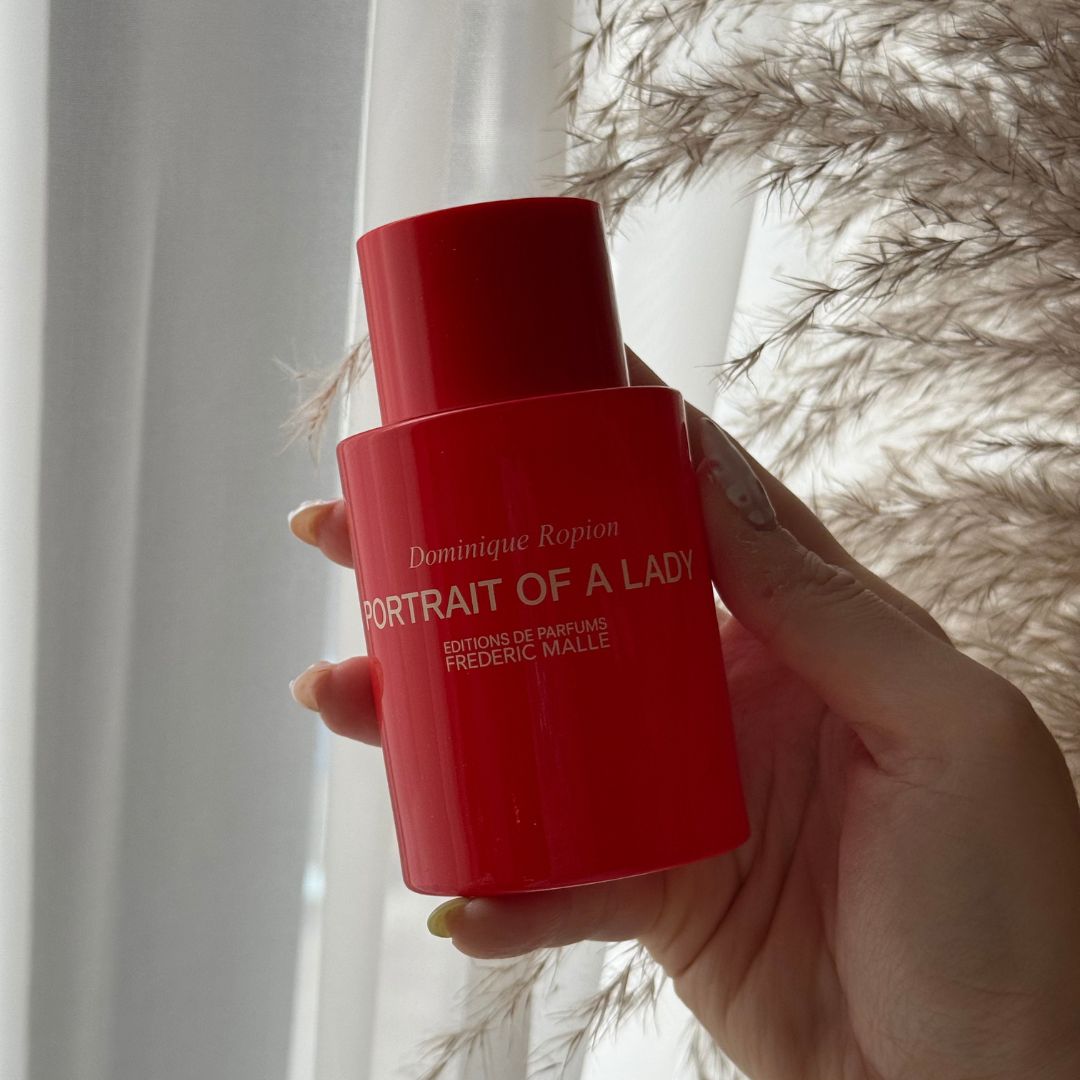 This iconic rose perfume is a compliment magnet—it makes me feel ‘put together’ after just one spritz
This iconic rose perfume is a compliment magnet—it makes me feel ‘put together’ after just one spritzGrown-up and elegant, yet not at all dated.
By Denise Primbet
-
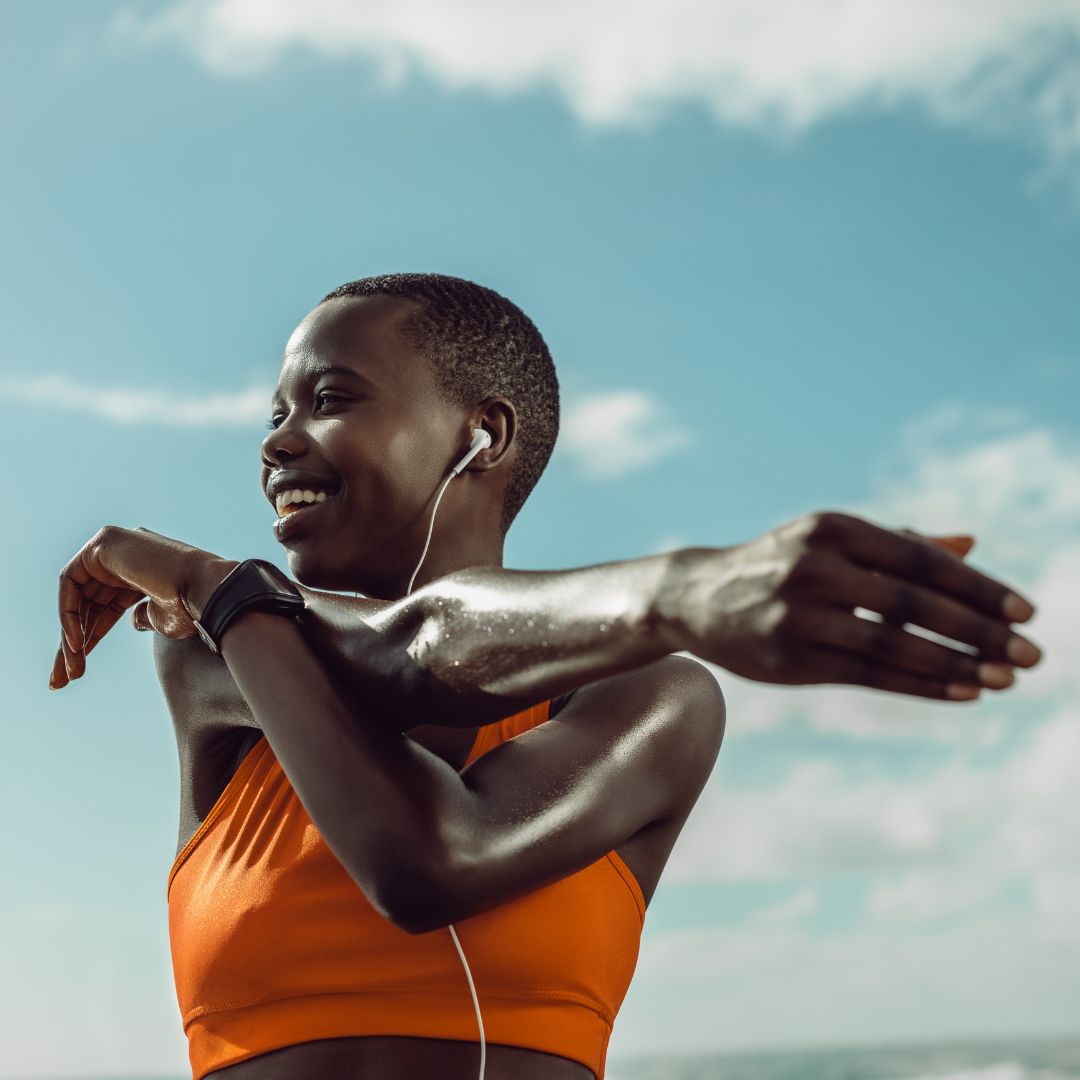 Spring has finally sprung - 6 best outdoor workouts that are totally free and boost both body and mind
Spring has finally sprung - 6 best outdoor workouts that are totally free and boost both body and mindSoak in the nature and boost Vitamin D *and* endorphins.
By Anna Bartter

